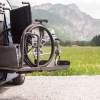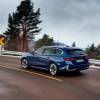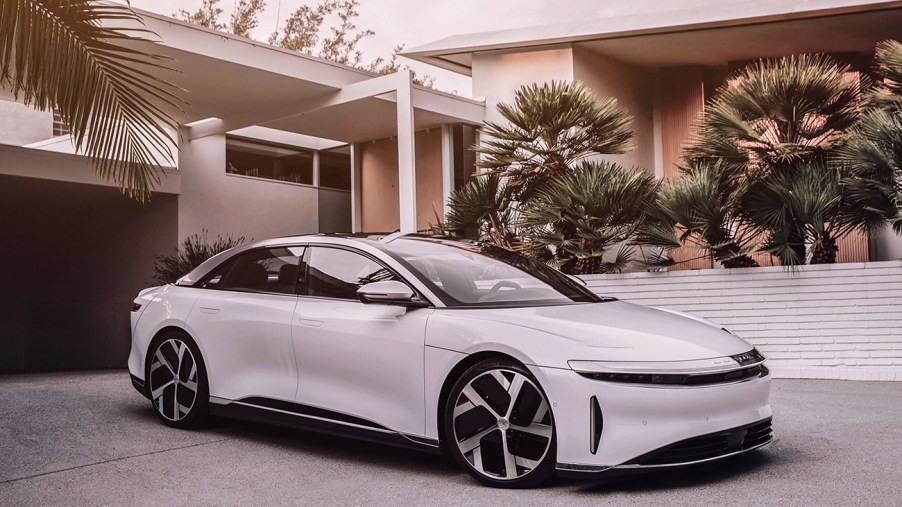
The Lucid Air Will Use Lidar For Autonomous Driving
Autonomous driving has become synonymous with electric vehicles. Several EV makers employ some type of self-driving technology in their cars. The most noteworthy is Tesla’s Autopilot. However, most consumer EV systems use a matrix of cameras and proximity sensors for autonomous driving modes.
EV maker Lucid is taking a different approach with their upcoming sedan.
The Lucid Air will be the first EV sold in the U.S. with lidar
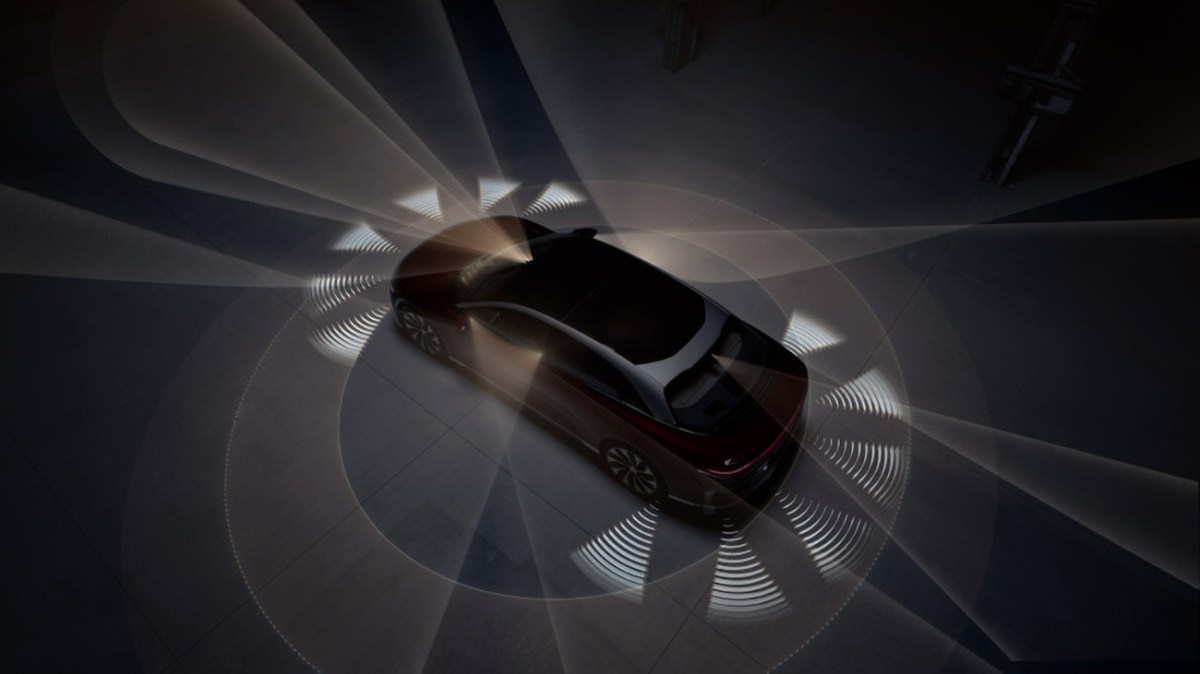
The Air sedan is the first vehicle from EV automaker Lucid, and it could be the first serious threat to market leaders such as the Tesla Model S. According to a report from Automotive News, Lucid stated that the Air will be the first mass-production car in the United States to come equipped with a “purpose-built” lidar system.
Lucid’s autonomous driving system is called “DreamDrive Pro” and uses a combination of cameras, radar, and lidar. DreamDrive Pro will allow the Lucid Air to perform several autonomous driving functions like self-parking, assisted freeway driving and uses an interior infrared camera to detect if the driver is alert. If DreamDrive Pro suspects the driver is incapacitated, it can automatically bring the vehicle to an emergency stop.
The DreamDrive Pro system will come standard on the launch edition of the Lucid Air, which has a price tag of $169,000. The lower-trim Grand Touring model will have an MSRP of $139,000.
Launch models of the Lucid Air are scheduled to start deliveries this year.
Is the Lucid Air the only vehicle in the U.S. with lidar?
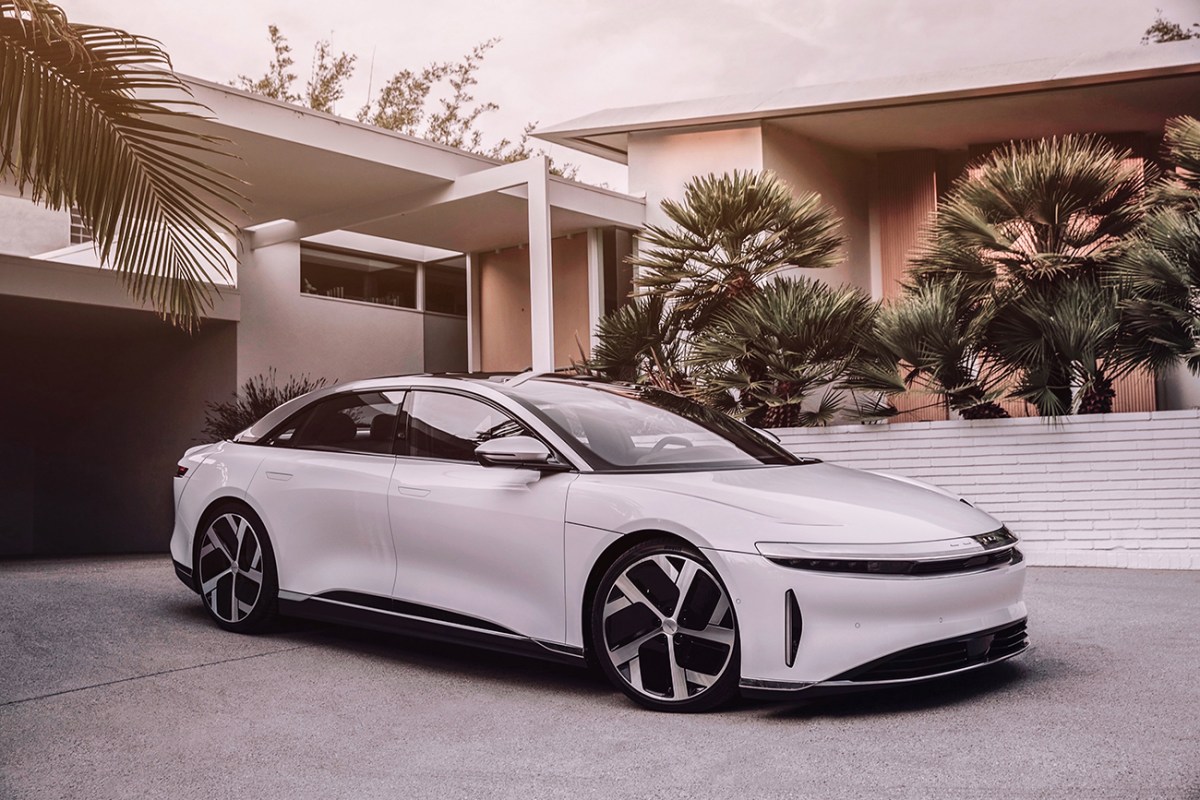
Lucid’s claim that the Air will be the first production vehicle in the U.S. equipped with lidar is valid but only when considering certain caveats. There are vehicles on public roads in the United States right now that have lidar systems in place for autonomous driving. The catch is that those vehicles are not for sale to the average consumer.
Companies such as Waymo, Motional, and Cruise have developed their proprietary lidar systems and use those systems on their fleet of “robotaxis.” Robotaxis are autonomous vehicles used for ride-hailing services. Imagine calling an Uber, but there is no human driver behind the wheel.
Autonomous driving robotaxis have been in test phases on public roads in the United States for the last few years, if not longer. Recently, the California DMV approved Waymo and Cruise to use their robotaxis for commercial use instead of just testing.
One of the requirements for getting permits to test and commercialize robotaxis is ensuring that those vehicles can safely navigate public roads, avoid obstacles and pedestrians. When lidar is combined with robust software, it allows for advanced levels of autonomous driving.
Is autonomous driving safe?
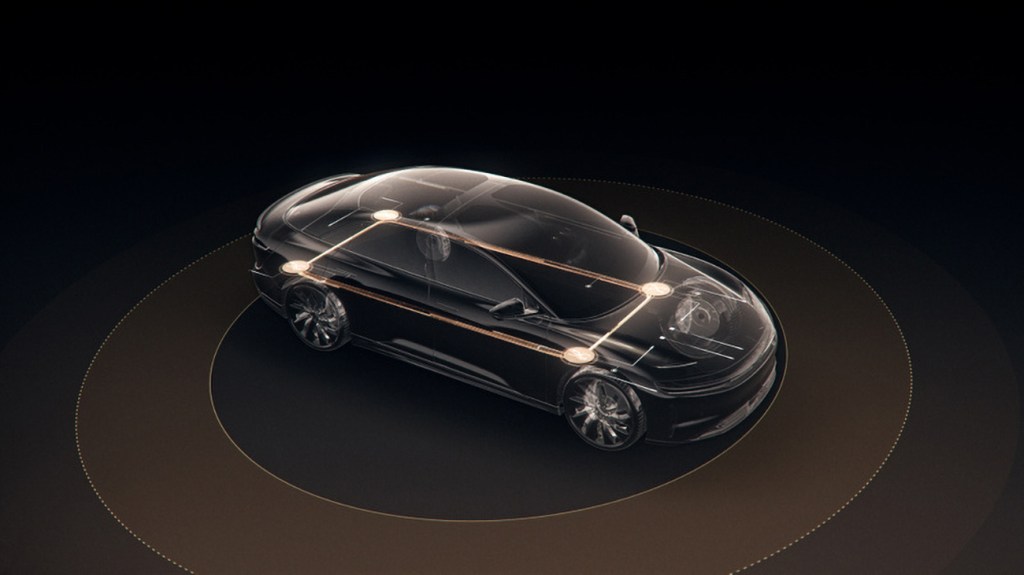
A person’s instinct is to distrust a computer driving in the place of a human. However, people like Elon Musk contend that when comparing the data, a computer is a much safer driver than a person. Considering that Autopilot is a top-selling point for Telsa vehicles, it is not surprising that the CEO would take that stance.
Elon has defended Tesla’s Autopilot system in the past. Still, after several accidents in which Autopilot was suspected to be a factor, government safety agencies are investigating the autonomous driving system.
Tesla’s Autopilot system uses an array of sensors and cameras but does not use lidar. Lucid may be employing lidar with the Air sedan to create a better autonomous driving system than Autopilot. If Lucid’s DreamDrive Pro proves to be better, it could cause some loyal Tesla customers to switch.
